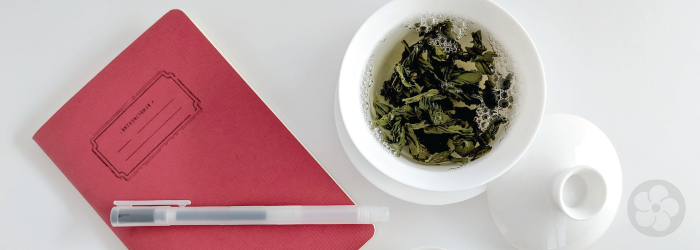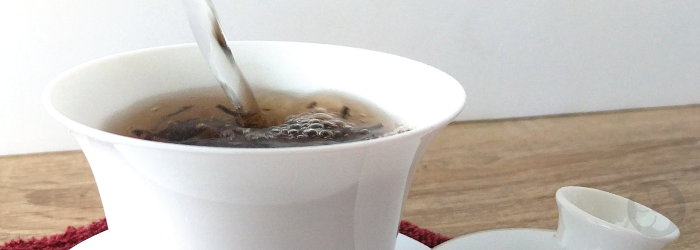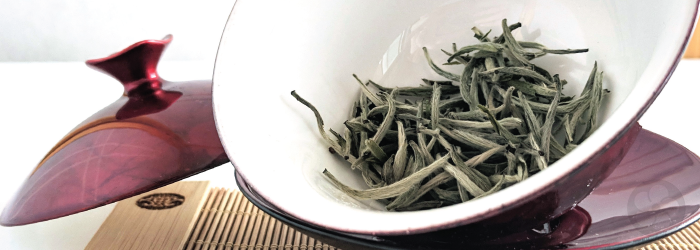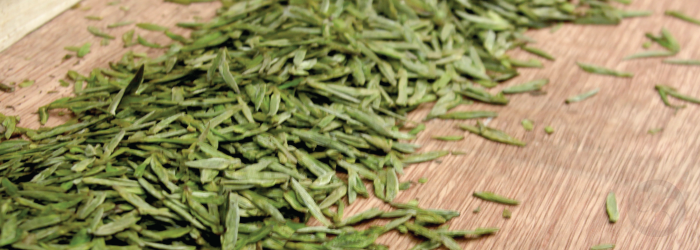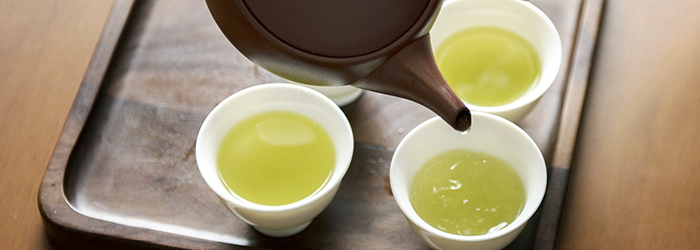4 Reasons to Keep a Tea Journal
We readily admit that we are pretty nerdy about our teas. With our focus on single origin tea, the variations in natural flavor are endless, and we are constantly tasting new harvests. A tea journal is hugely helpful in keeping track of it all. But for the casual drinker, it may seem like overkill. Here are four reasons we think a tea journal might be helpful for you too, no matter how many teas there are in your collection.
Continue reading

